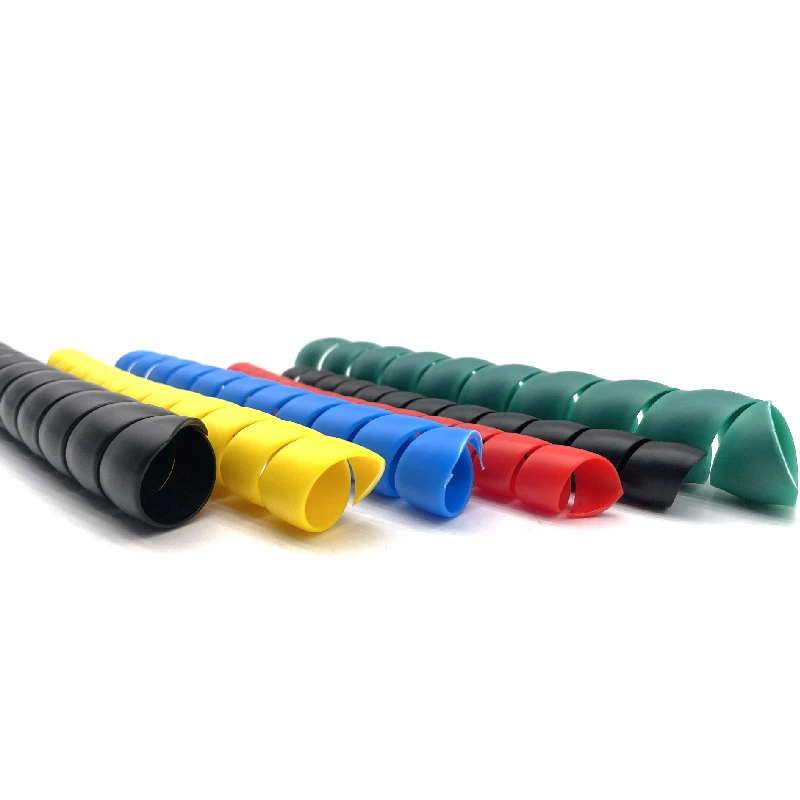How to Change Power Steering Hose on a 1998 Chevy Truck
Replacing the Power Steering Hose on a 1998 Chevy Truck A Step-by-Step Guide
Power steering is crucial for ensuring that your vehicle handles smoothly and comfortably. Over time, components of the power steering system can wear out or become damaged, leading to problematic steering. One common issue is a leaking or damaged power steering hose, particularly in older vehicles such as the 1998 Chevy truck. If you find yourself dealing with this problem, don't worry! Replacing the power steering hose is a task you can accomplish with some basic tools and a bit of patience.
Identifying the Problem
Before diving into the replacement process, it’s important to confirm that the power steering hose is indeed the source of your problem. Check for signs of leakage under the truck or around the power steering components. A high-pitched squeal when turning the steering wheel can also indicate low fluid levels, often due to a hose issue. Make sure to inspect both the high-pressure and low-pressure hoses, as both can become damaged over time.
Gather the Necessary Tools and Parts
For this task, you will need
- A new power steering hose (make sure it’s compatible with the 1998 Chevy truck) - Wrench set - Screwdrivers (flathead and Phillips) - Fluid catch pan - Power steering fluid - Rags for cleaning up - Safety gloves and goggles
Step-by-Step Replacement Process
Step 1 Prepare the Vehicle
Start by safely lifting the truck using jack stands, if necessary, and ensure the engine is turned off. Allow it to cool down to avoid burns. Place a fluid catch pan beneath the power steering system to catch any fluid that may spill during the replacement.
Step 2 Remove the Old Hose
Locate the power steering pump, which is typically found on the engine. Identify the power steering hoses the high-pressure hose is connected to the pump and the steering gear, while the low-pressure hose connects to the reservoir.
replace power steering hose 98 chevy truck

1. Use the appropriate wrench to loosen and remove the fittings on both ends of the old hose. 2. Carefully detach the hose, liquid will likely leak out when you remove the hose from the fittings. Allow it to fully drain into the catch pan. 3. Inspect the old hose – if it shows signs of wear, cracks, or swelling, it’s confirmed that replacement is necessary.
Step 3 Install the New Hose
1. Take your new power steering hose and align it with the fittings. 2. Securely attach the hose to the power steering pump and steering gear, tightening the fittings with the wrench. Be cautious not to overtighten, as this may damage the fittings. 3. Ensure that the hose is routed correctly to avoid kinks or bending, which can lead to premature failure.
Step 4 Refill and Bleed the System
Once the new hose is installed, it’s time to refill the power steering fluid. Locate the power steering fluid reservoir and pour in the appropriate fluid.
To bleed the system
1. Start the engine and turn the steering wheel from lock to lock several times without driving the vehicle. This helps remove air bubbles trapped in the system. 2. Check the fluid level and add more if necessary. It’s essential to ensure the system is full to avoid damage to the pump.
Step 5 Test Drive
After ensuring everything is securely connected and the fluid levels are correct, take your truck for a short test drive. Pay attention to how the steering feels; it should be smooth and responsive with no unusual noises or fluid leaks.
Conclusion
Replacing the power steering hose on a 1998 Chevy truck is a straightforward task that many DIY enthusiasts can tackle at home. By following these steps carefully, you can save money on labor costs while ensuring that your vehicle operates safely and efficiently. Regular maintenance of your power steering system not only prolongs its life but also enhances your driving experience. If you encounter additional issues or feel uncertain about any steps, consulting a professional mechanic is always a wise choice. Safe driving!
-
Ultimate Spiral Protection for Hoses & CablesNewsJun.26,2025
-
The Ultimate Quick-Connect Solutions for Every NeedNewsJun.26,2025
-
SAE J1401 Brake Hose: Reliable Choice for Safe BrakingNewsJun.26,2025
-
Reliable J2064 A/C Hoses for Real-World Cooling NeedsNewsJun.26,2025
-
Heavy-Duty Sewer Jetting Hoses Built to LastNewsJun.26,2025
-
Fix Power Steering Tube Leaks Fast – Durable & Affordable SolutionNewsJun.26,2025

